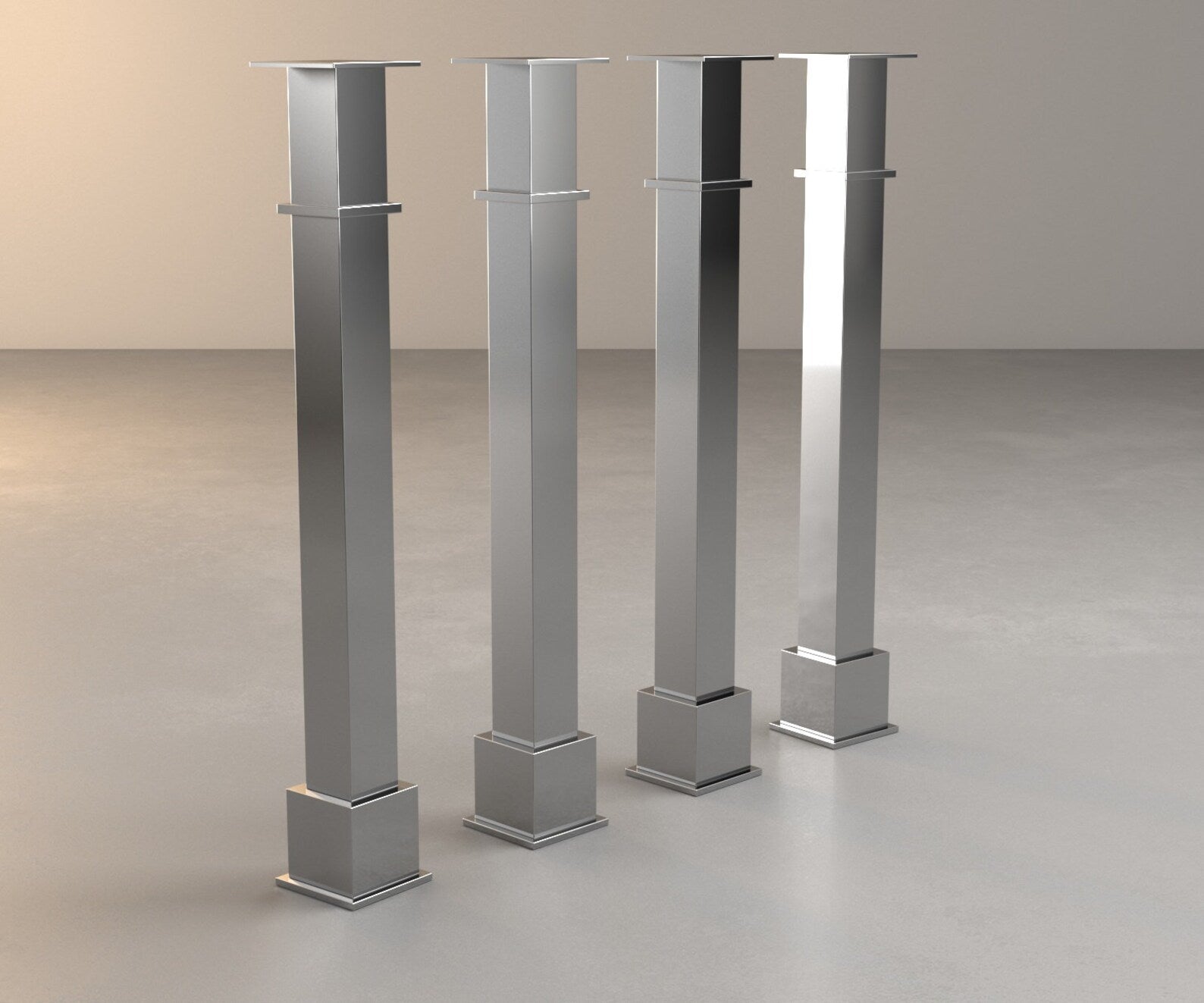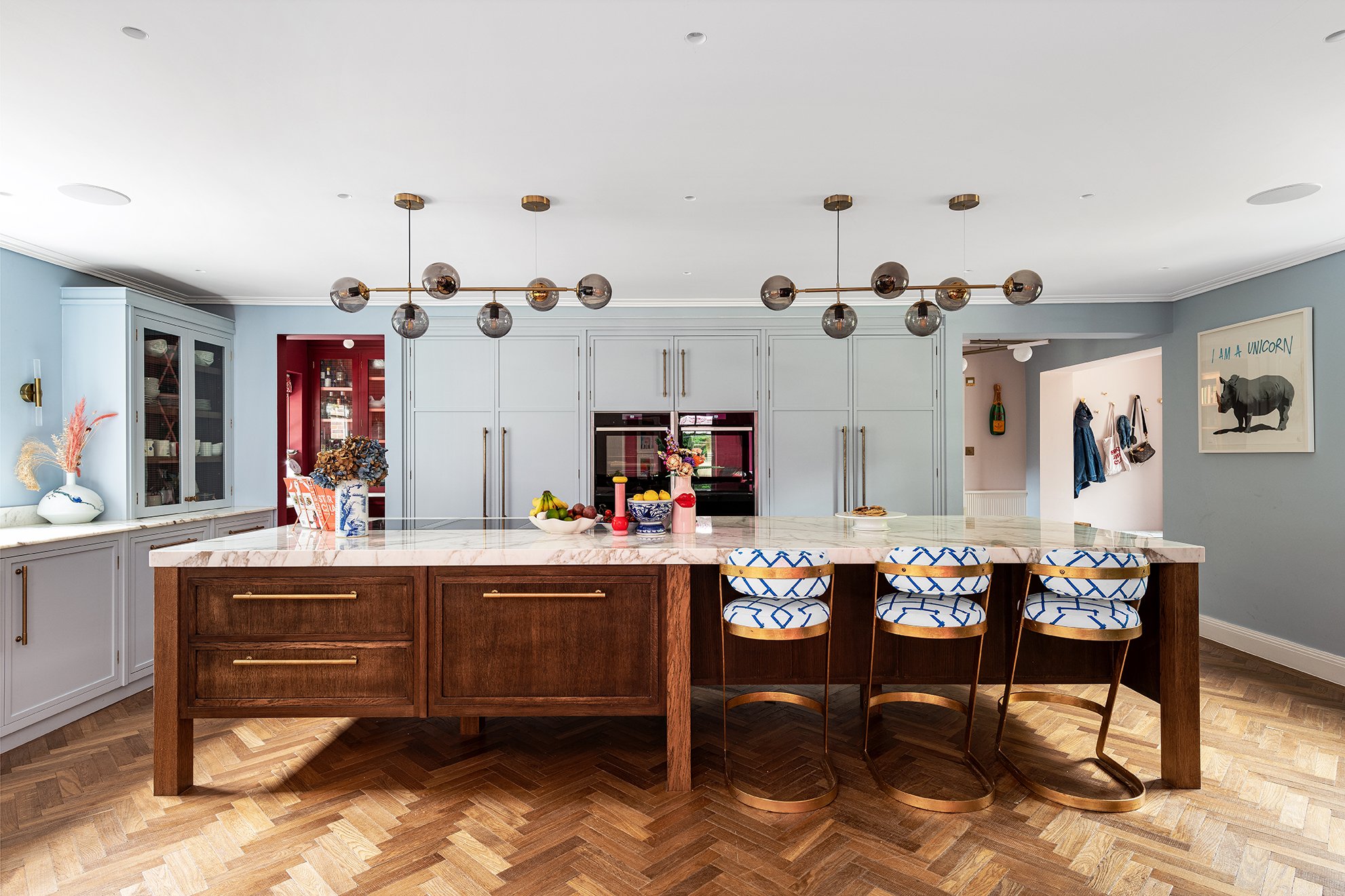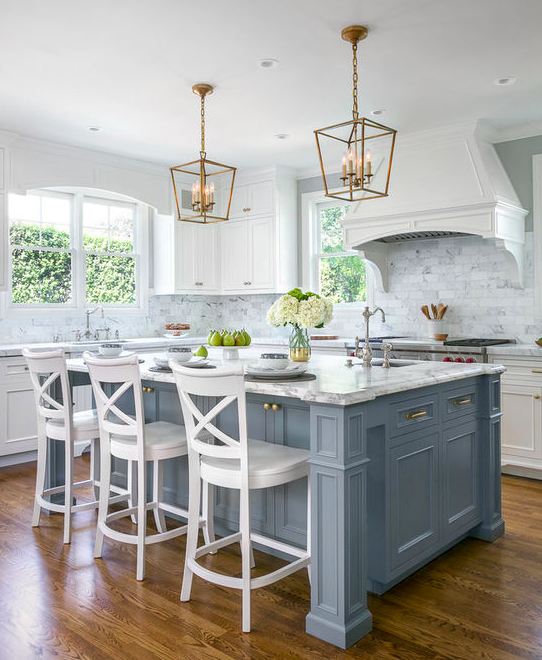Kitchen Island Legs: Boost Your Kitchen with Solid Assistance
Kitchen Island Legs: Boost Your Kitchen with Solid Assistance
Blog Article
Vital Tips for Choosing the Perfect Eating Table for Your Cooking Area
Picking the best table for your kitchen is greater than just an issue of taste; it requires a complete understanding of your room and requirements. Begin by determining your available area to make sure adequate clearance for motion. The shape of the table plays a critical role; while rectangular tables suit bigger locations, rounded ones foster intimacy, and extendable choices offer adaptability. Material option is similarly important, with hardwoods providing sturdiness and glass financing a modern-day touch. Ultimately, the table ought to harmonize with your kitchen's appearances and fit your family members conveniently. What various other elements might affect this essential choice?
Procedure Your Room
Picking the optimal eating table begins with a precise evaluation of your readily available space. This foundational step makes sure that the table not just fits comfortably within the space yet additionally complements the general design and capability of your eating area. Begin by determining the measurements of the room, considering entrances, windows, and any existing furniture. This will certainly aid you determine the maximum permitted size for your eating table.
It is crucial to leave ample area for chairs to be pulled out and for people to relocate around the table without obstruction. A general regulation of thumb is to permit at least 36 inches of clearance from the edge of the table to the nearest wall surface or item of furniture.
In addition, believe regarding the number of individuals you commonly amuse and whether you need added room for guests. Opting for an extendable table can supply versatility, allowing you to suit varying numbers of restaurants. By properly determining your space, you prepared for choosing a table that boosts both the aesthetics and capability of your dining location.
Pick the Right Forming

On the various other hand, round tables are excellent for smaller cooking areas or intimate gatherings, as they promote discussion by allowing everyone to deal with each various other. They also supply a feeling of coziness and can fit well in tighter areas as a result of their lack of sharp corners. Oval tables supply the best of both worlds, incorporating the length of rectangular tables with the intimacy of rounded ones, making them functional for various settings.
Square tables are an additional alternative, particularly suited for square-shaped spaces. They develop a in proportion and modern-day appearance, cultivating an equal dining experience for all seated. They might be much less sensible for larger events unless they come with expansions. Eventually, the shape you select should line up with your room dimensions and lifestyle to make certain both kind and function.
Product Considerations
When choosing an eating table, material factors to consider are vital in identifying the table's durability, upkeep needs, and total aesthetic. Wood is a timeless option, offering classic charm and effectiveness.
Glass-topped tables offer a modern, streamlined look and can make an area show up larger because of their transparency. They call for regular cleansing to stop spots and fingerprints. In addition, toughened up glass is advised for its additional strength and safety and security.

Lastly, composite materials like MDF (Medium-Density Fiber board) or plywood are budget-friendly choices. These products can simulate the look of strong timber however may not provide the very visit same long life. They are normally simpler to clean yet can be susceptible to water damages if not properly sealed.
Inevitably, the option of material should align with your cooking area's style, your lifestyle requires, and your spending plan restrictions. (kitchen island legs)
Seating Capacity and Convenience
Just how do you figure out the right seats capability and convenience for your eating table? This crucial step entails assessing both the physical room available in your cooking area additional hints and your family's useful demands. Begin by determining your kitchen location to make sure the table fits comfortably, permitting at the very least 36 inches of clearance around it for simple movement. Think about the variety of people who normally dine together, as this will certainly affect the table size. For a household of 4, a rectangle-shaped table of 48 inches long or a round table with a 48-inch diameter is typically enough.
Comfort is similarly essential. The height of the table must preferably be around 30 inches, giving a well balanced ergonomic position for seated restaurants. Chairs should have a seat height of 18 to 20 inches to guarantee a comfortable dining pose. In addition, take into consideration the chair layout; supportive backrests and upholstered seats can enhance dining comfort considerably, particularly throughout extended meals.
Style and Looks
Picking an eating table that matches your style and visual appeal includes balancing personal taste with the existing decor of your dining space. The dining table is commonly the focal point of the cooking area, and its design ought to complement the general theme of the area. Whether your cooking area boasts a modern, minimal appearance or a rustic, farmhouse charm, the table you choose need to integrate with these aspects to create a natural and welcoming environment.
Consider products meticulously; timber provides a timeless allure and can range from rich mahogany for a standard seek to lighter oak for a modern feel. Steel and glass tables, on the other hand, can present a smooth, industrial edge to your cooking area. Do not forget the table's shape-- rectangle-shaped tables are flexible and classic, while round and oblong options can promote a more intimate eating experience.
Additionally, pay close focus to details and surfaces. A troubled surface could add personality and warmth, whereas a glossy surface area can add to a tidy, modern aesthetic. Inevitably, your table must not just in shape flawlessly into your kitchen area's layout but likewise mirror your personal design, boosting the space both functionally and aesthetically.
Verdict
In conclusion, choosing the perfect eating table for a cooking area necessitates cautious analysis of space, shape, product, seating capacity, and aesthetic consistency. Ensuring a minimum clearance of 36 inches assists in comfy movement, while the option of form boosts spatial dynamics. Material choice influences resilience and layout, making it crucial to line up with the cooking area's overall visual. Inevitably, a well-chosen table promotes a welcoming ambience and suits the look at here home easily, hence enhancing the dining experience.

When picking an eating table, material considerations are vital in identifying the table's durability, maintenance needs, and general visual. For a family members of 4, a rectangle-shaped table of 48 inches long or a round table with a 48-inch diameter is usually adequate.
Don't ignore the table's form-- rectangle-shaped tables are functional and classic, while round and oval options can foster a more intimate dining experience. kitchen island legs.
Report this page